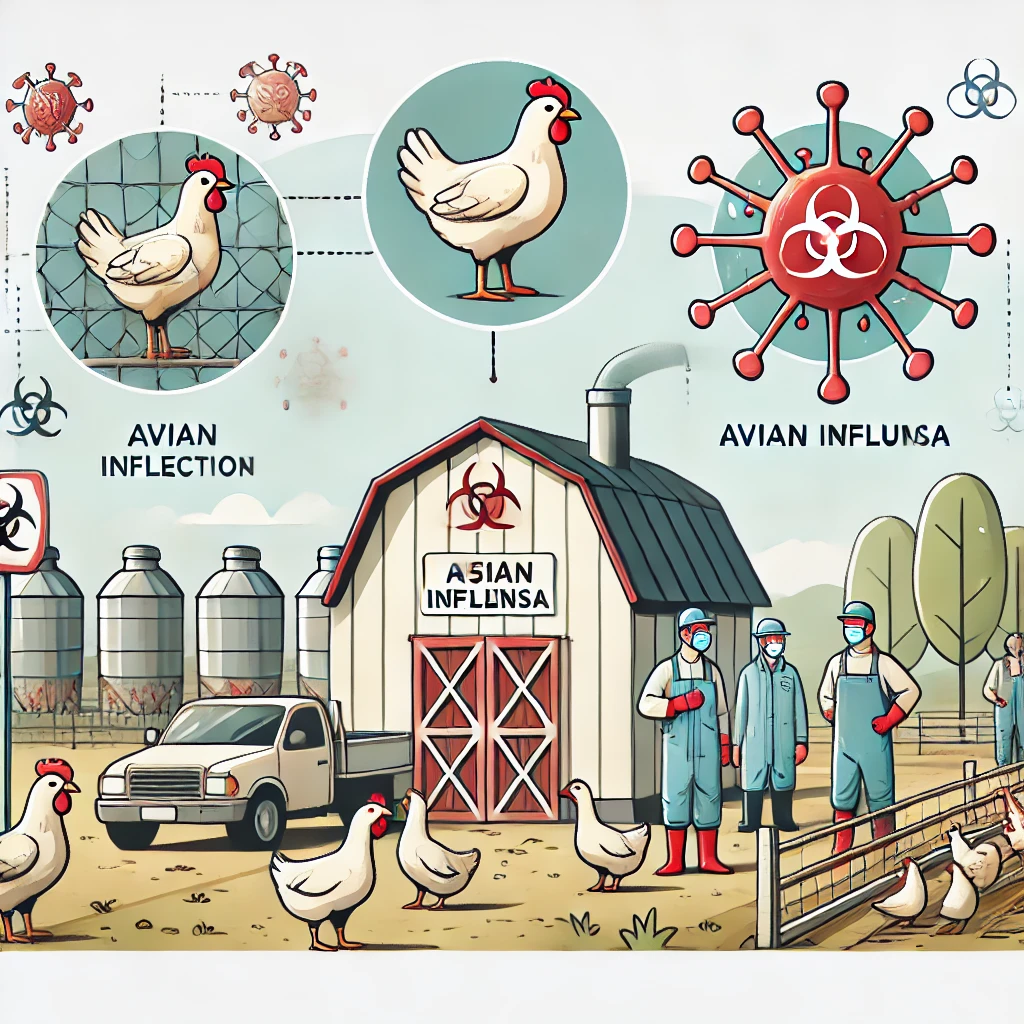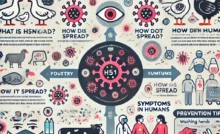H5N9 Avian Influenza: Risks and Prevention Tips


H5N9 avian influenza has recently emerged as a concern after being detected at a duck farm in California, USA. This subtype of the avian flu virus has drawn attention for its potential to affect both birds and humans. In this post, we’ll explore the risks associated with H5N9, its potential for human transmission, and practical tips for preventing an outbreak.
What Is H5N9 Avian Influenza?
H5N9 is a subtype of the avian influenza virus that primarily affects birds. Historically, it has been considered a low-pathogenic virus, but recent cases have shown it evolving into a high-pathogenic strain. This has heightened concerns about its potential impact on poultry, humans, and even the global economy.
Can H5N9 Infect Humans?
Currently, H5N9 is primarily confined to birds, with no confirmed cases of human transmission. However, the virus contains the N9 gene, which could potentially facilitate infection in humans if genetic mutations occur. Individuals who have close contact with infected birds, such as poultry workers, are considered to be at the highest risk.
Risk of an Outbreak
While the likelihood of a large-scale outbreak remains low at this time, the high pathogenicity of H5N9 in birds is a cause for vigilance. Experts emphasize the need for continuous monitoring, robust biosecurity measures, and vaccine development to minimize the chances of the virus spreading to humans or causing widespread damage to poultry populations.
H5N9 Avian Influenza Prevention Tips
- Avoid Contact with Infected Birds: If you work in close proximity to birds, always wear personal protective equipment such as masks and gloves.
- Practice Hand Hygiene: Wash your hands frequently, especially after handling poultry or eggs.
- Cook Food Thoroughly: Ensure poultry and eggs are fully cooked before consumption to eliminate any potential pathogens.
- Follow Public Health Guidelines: Stay informed about local health advisories and report any unusual bird deaths to authorities.
- Stay Updated on Vaccinations: Keep track of vaccination options for avian influenza and consider them if recommended in your area.
Conclusion
H5N9 avian influenza serves as a reminder of the ongoing risks posed by emerging viruses. While the current risk to humans is minimal, it’s crucial to take preventive steps and stay informed about potential developments. Protecting yourself and your community begins with education and vigilance.
Stay safe and proactive in maintaining your health and well-being!
Recent Posts
Should You Take Blood Pressure Medication in the Morning or at Night?
✔ Introduction: Timing Matters in Hypertension Control If you take medication for high blood pressure,…
Are Protein Supplements Safe for Chronic Kidney Disease (CKD) Patients?
1. Why Is Protein Important for CKD Patients? Patients with chronic kidney disease (CKD) often…
How Does Blood Pressure Variation Affect Kidney Health?
High blood pressure silently damages the body—especially the kidneys. This post explains how blood pressure…
What is Glomerular Filtration Rate (GFR)? Understanding Kidney Health Made Easy
What is Glomerular Filtration Rate? Have you ever heard your doctor say, "Your GFR looks…
Healthy Soup Choices for Diabetes and Kidney Disease Patients
Should Diabetes and Kidney Disease Patients Avoid Soup Dishes? One of the most common pieces…
Predicting the prognosis of Chronic Kidney Disease with KFRE:
Why Is KFRE Gaining Attention? Chronic Kidney Disease (CKD) is often a “silent” condition. Many…
